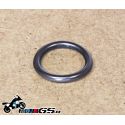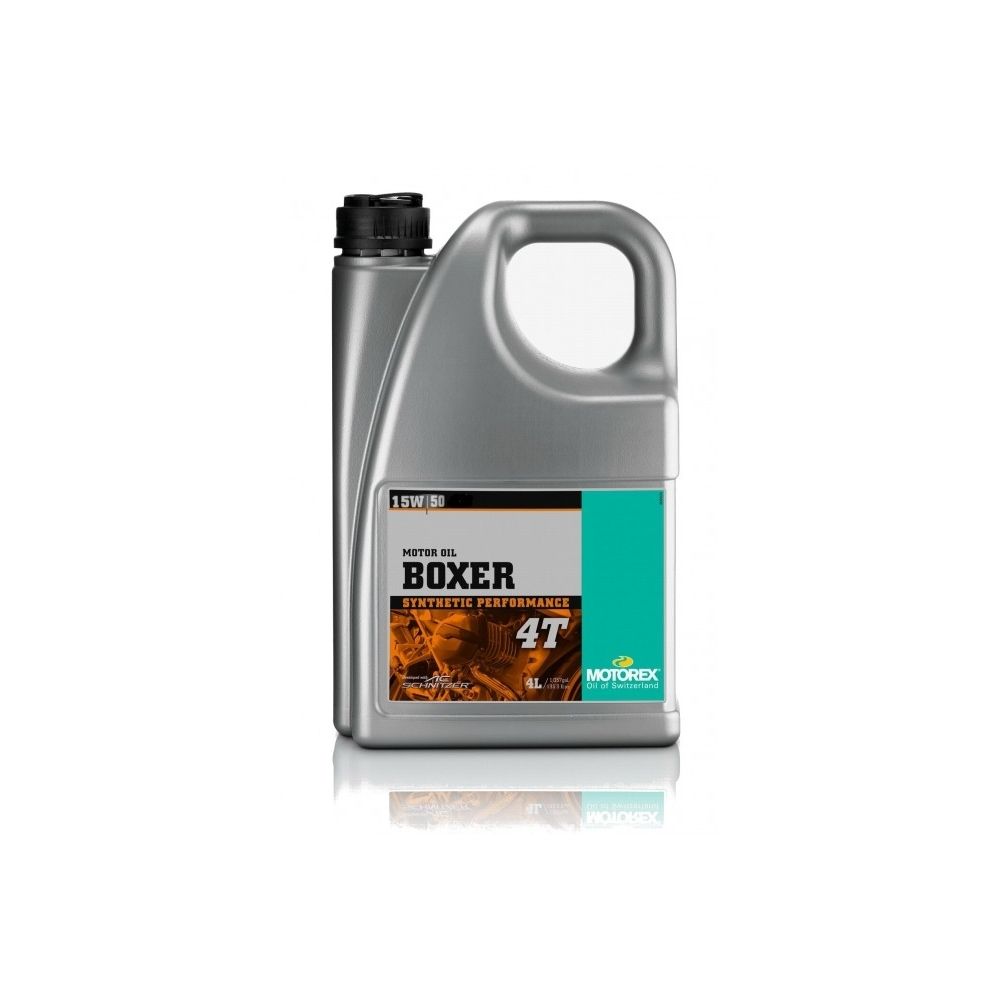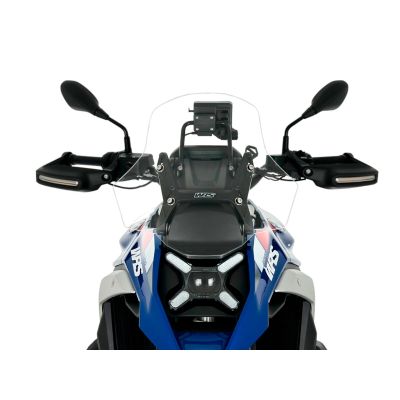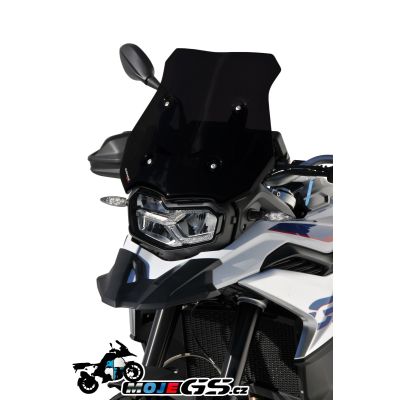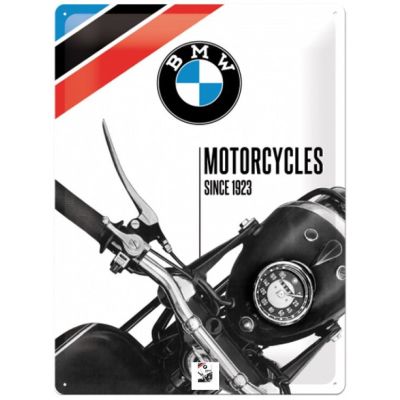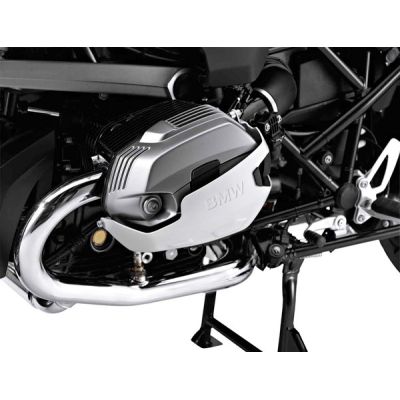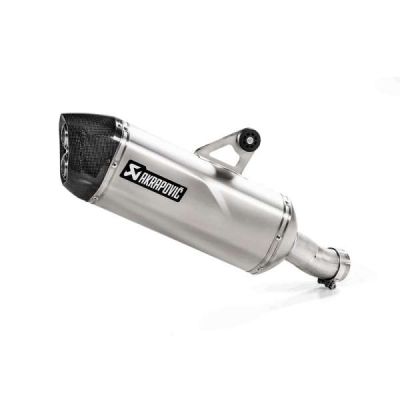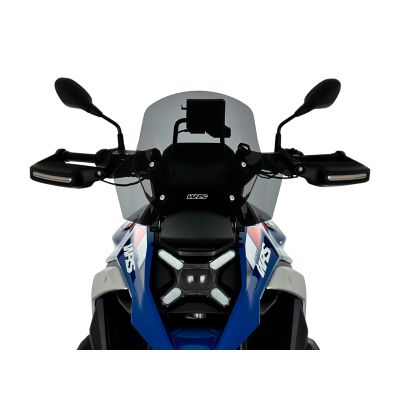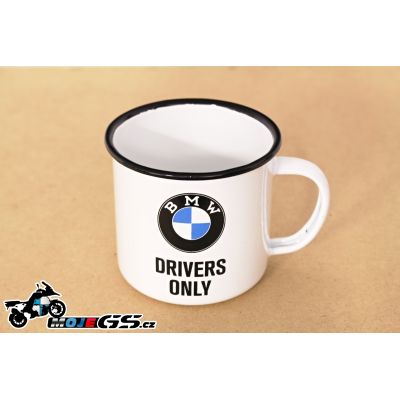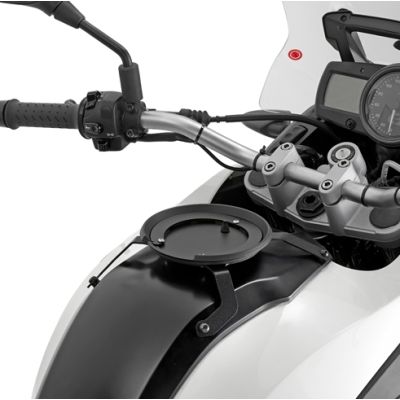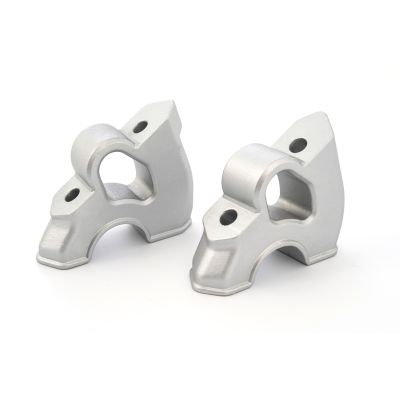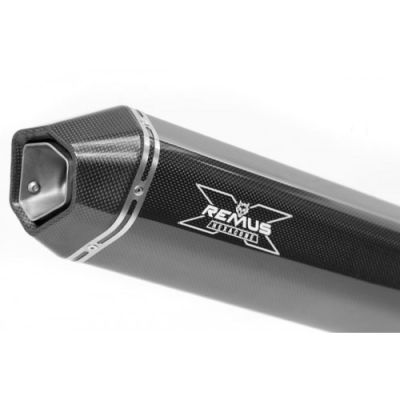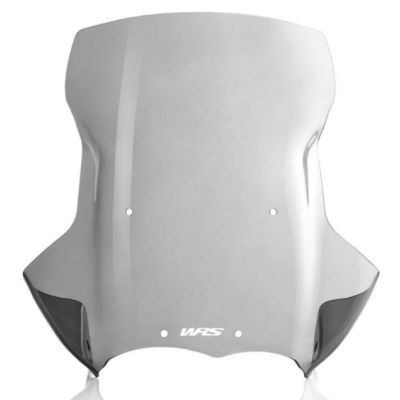Motorex BOXER 4T 15W-50 4L engine oil
 Wide payment options.
Wide payment options.
Apple Pay, Google Pay, credit card, bank transfer with QR.
 Doprava GLS zdarma při nákupu nad 2999 Kč.
Doprava GLS zdarma při nákupu nad 2999 Kč.
Na adresu i do Alzaboxu.
 Potřebujete poradit? Zavolejte nebo napište.
Potřebujete poradit? Zavolejte nebo napište.
+420 604 111 341 info@mojegs.cz
For individual models, we offer inspection kits for easy maintenance (oil filter, air filter, drain plug gasket, spark plugs):
- Inspection kit for BMW R1250GS/A 2018+
- Inspection kit for BMW R1200GS LC 2013-2018, R1200GS Adventure LC 2014-2018
- Inspection kit for BMW R1200GS 2010-2012, R1200GS Adventure 2010-2013
- Inspection kit for BMW R1200GS 2004-2009, R1200GS Adventure 2006-2009
- Inspection kit for BMW R1150GS/Adventure (2 spark plugs per cylinder)
- Inspection kit for BMW R1150GS/Adventure (1 spark plug per cylinder)
- Inspection kit for BMW R1100GS 1993-1999
- Inspection kit for BMW F850GS/A, F750GS
- Inspection kit for BMW F800GS/A, F700GS, F650GS 2008+
- Inspection kit for BMW F650GS/Dakar 2004-2007 (dual spark)
- Inspection kit for BMW F650GS/Dakar 1999-2003 (single spark)
- Inspection kit for BMW G650GS 2008-2015, G650GS Sertao
- Inspection kit for BMW G310GS
Synthetic high-performance motor oil for boxer engines.
Developed in collaboration with "AC SCHNITZER". Especially good thermal and shear stability for air/oil-cooled engines. Reduced oil consumption. Tested for catalysts.
new formulation
new viscosity
meets JASO MA 903:2006
covers API SL, SJ, SH, SG
15W/50
Volume: 4L
A brief discussion about motor oils in general..
Viscosity
Viscosity is a variable quantity that depends on temperature. During the operation of an automobile engine, among other things, there are changes in operating temperatures. To ensure efficient lubrication, oil viscosity should change as little as possible with temperature. This dependence is indicated by the so-called viscosity index. The higher this index, the lower the viscosity dependence on temperature changes. The viscosity characteristics of motor oils are specified according to SAE (Society of Automotive Engineers, USA). This standard uses 6 winter grades marked by a number and "W" (from English Winter) and 5 summer grades marked by a number.
Winter grades: 0W, 5W, 10W, 15W, 20W, 25W (-35°C, -30°C, -25°C, -20°C, -15°C, -10°C)
Summer grades: 20, 30, 40, 50, 60 (20°C, 30°C, 40°C, 50°C, 60°C)
The winter grade value determines the behavior of the oil at low temperatures (e.g., oil SAE 15W has a pumpability limit of -25 °C).
The summer grade value determines the use of oil at summer temperatures. If only one number is used in the designation...non-class oils, meaning that they are monograde oils (summer or winter). When a combination of summer and winter classes is used (e.g., 5W-40), it is a multigrade oil, or all-season oil. Currently, multigrade engine oils are almost exclusively used.
Performance Categories
They characterize both immediate and long-term properties of engine oil under various forms of operational load. Different properties are evaluated, such as oxidation stability, volatility, wear protection, deposit formation, corrosion resistance, fuel economy, etc.
The following standards are used to designate the performance category of engine oils:
API classification (American Petroleum Institute, USA)
ACEA classification (Association des Constructeurs Européens d'Automobile, EU)
manufacturer specifications of engines and vehicles (VW, MB, MAN, VOLVO, TATRA)
MIL-L classification (U.S. Army standards)
other classifications (e.g., ILSAC)
Currently, the most significant specifications are those from API, ACEA, and manufacturer specifications for engines and vehicles. The CCMC classification is already outdated and is mentioned only temporarily.
API Classification
According to this standard, engine oils are distinguished by their use on oils for spark-ignition (gasoline) engines, marked with the letter "S" (from "Service" in English), and for compression-ignition (diesel) engines, marked with the letter "C" (from "Commercial" in English). Most oils can be used for both types of engines and are then marked with a combination of both letters, e.g., SL/CF.
Performance Classes for Spark-Ignition Engines
SA - Oils without additives for engines operating under mild conditions with low load, produced from 1940 to 1950.
SB - Oils with additives to prevent deposit formation for engines produced from 1951 to 1963.
SC - Oils with additives to prevent deposit formation and low-temperature sludge for engines produced from 1964 to 1967.
SD - Additized oils with detergent and dispersant additives for engines produced from 1968 to 1971.
SE - Oils for heavily loaded engines produced from 1971 to 1979.
SF - Oils for highly loaded engines produced from 1980 to 1988.
SG - Oils for engines produced from 1988 to 1993, which meet the strictest requirements for minimizing wear and sludge formation.
SH - Oils with the same properties as SG, but tested according to more stringent standards. Intended for engines produced in 1996 and older.
SJ - Oil for engines produced in 2001 and older.
SL - Oils exceeding API SJ with increased fuel economy and extended change intervals.
SM - Oils of the highest quality exceeding API SL with increased oxidation stability, better wear and deposit protection. Applicable from 2004.
Oils for Spark-Ignition and Light-Duty Diesel Engines
A1/B1 - Oils additized to prevent piston deposits, sludge formation, wear, and oxidation at high temperatures. They meet the requirements for super light running and fuel economy. Suitable only for certain engines.
A3/B3 - Oils intended for highly loaded spark-ignition and diesel engines or for extended change intervals as recommended by the engine manufacturer.
A3/B4 - Oils for high-performance spark-ignition engines and diesel engines with direct fuel injection, also suitable for use described in category B3.
A5/B5 - Highly stable oils intended for extended change intervals in highly loaded spark-ignition and diesel engines. They meet the requirements for super light running and fuel economy. Suitable only for specially designed engines.
Catalyst-compatible oils – for spark-ignition and light-duty diesel engines
C1 - Oils intended forthe use of DPF (Diesel Particulate Filter) and TWC (Three Way Catalyst) catalysts in high-performance engines requiring low-viscosity oil with low SAPS (chemical limits) and with high-temperature, high shear stability (HTHSV) greater than 2.9 mPa.s. The oils extend the lifespan of the catalysts and reduce fuel consumption. They are suitable only for specially designed engines.
C2 - Oils for use with DPF and TWC catalysts in high-performance engines designed for low-viscosity oils with HTHSV greater than 2.9 mPa.s. The oils extend the lifespan of the DPF and TWC catalysts and reduce fuel consumption. They are suitable only for specially designed engines.
C3 - Oils for use with DPF and TWC catalysts in high-performance engines. They extend the lifespan of the DPF and TWC catalysts. They are suitable only for specially designed engines.
Oils for diesel engines of trucks
E2 - Oils of general use for naturally aspirated and turbocharged engines, moderately to heavily loaded and with normal change intervals.
E4 - Oils providing excellent cylinder cleanliness protection – against wear and soot. They are recommended for high-performance engines meeting Euro 1, Euro 2, Euro 3, and Euro 4 emission limits, operating under severe conditions, e.g. extended change intervals, according to the engine manufacturer’s recommendations. They are suitable for engines without a particulate filter and for some engines equipped with exhaust gas recirculation or SCR (Selective Catalytic Reduction) systems, following the manufacturer's recommendations.
E6 - Oils providing excellent cylinder cleanliness protection – against wear and soot. They are recommended for high-performance engines meeting Euro 1, Euro 2, Euro 3, and Euro 4 emission limits, operating under severe conditions, e.g. extended change intervals, according to the engine manufacturer’s recommendations. They are suitable for engines equipped with exhaust gas recirculation without or with particulate filters and for engines with SCR systems. E6 – quality especially recommended for engines with particulate filters and is qualified in combination with low-sulfur fuel (max. 50 ppm). However, always adhere to the engine manufacturer's recommendations.
E7 - Oils providing effective cleanliness protection and against cylinder polishing. They further provide improved protection against wear, deposits, and soot. They are recommended for high-performance engines meeting Euro 1, Euro 2, Euro 3, and Euro 4 emission limits, operating under severe conditions, e.g. extended change intervals, according to the engine manufacturer’s recommendations. They are suitable for engines without particulate filters and for most engines equipped with exhaust gas recirculation or SCR systems, according to the engine manufacturer's recommendations.
Note: Categories A2 and B2 are not included in the current edition. However, they remain valid in the latest version until they are recommended by car manufacturers in service manuals.
Categories E3 and E5 are replaced by categories E6 and E7.
Explanations:
DPF (Diesel Particulate Filter) - diesel particulate filter
TWC (Three Way Catalyst) - three-way catalyst
EGR (Exhaust Gas Recirculation) - exhaust gas recirculation
SCR (Selective Catalytic Reduction) - selective catalytic reduction of NOx: treatment of exhaust gas composition with urea (AdBlue = 32.5% aqueous urea solution)
Automaker and engine manufacturer standards
Many automakers and engine manufacturers require motor oils to meet additional requirements that are not included in the methodologies of previous classifications.
How to properly select engine oil?
1. The first principle when selecting engine oil is to follow the instructions of the motorcycle manufacturer contained in the manual.
with each vehicle. Only the engine manufacturer (of the vehicle) can responsibly say which oil can be used. Practically no manufacturer recommends a specific brand of oil (this is against competition laws in the European Union). Manufacturers (of cars) recommend oils according to the so-called performance specifications, e.g. API SH/CD, ACEA A3, VW 505.00, MB 229.1, and viscosity specifications SAE, e.g. 15W-40, 10W-40. For oils recommended in this way, the change intervals are then specified.
2. For oils of the same performance specification, the same change interval is recommended.
3. If you do not have the vehicle manual, ask the manufacturer. Remember, the vehicle manufacturer does not recommend a brand of oil, only the performance and viscosity specifications.
4. If the oil meets the performance and viscosity specifications (or a higher specification), it can be used. A higher performance level is acceptable, but it is usually more expensive and does not bring much benefit.
5. If you are replacing low-performance specification oil (M5AD, M6AD) with a new high-performance oil, shorten the change interval for the first change (there will be a flushing of deposits).
6. Do not mix mineral oils (SAE 15W-40, 15W-50, 20W-30, 40) with synthetic oils (SAE 0W and 5W-30, 40, 50).
Data sheet
- Manufacturer:
- Motorex
- Type of consumable material:
- Oils
Specific References
- EAN13
- 7611197032953


























